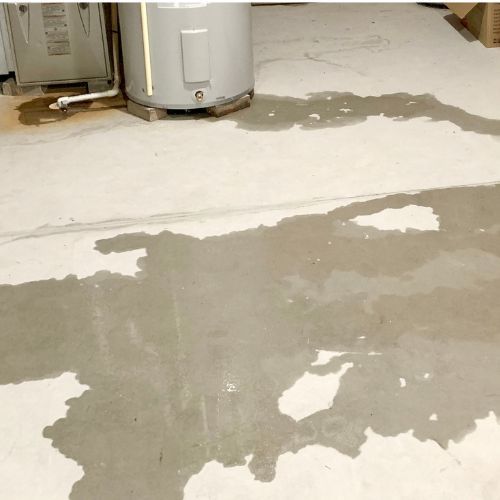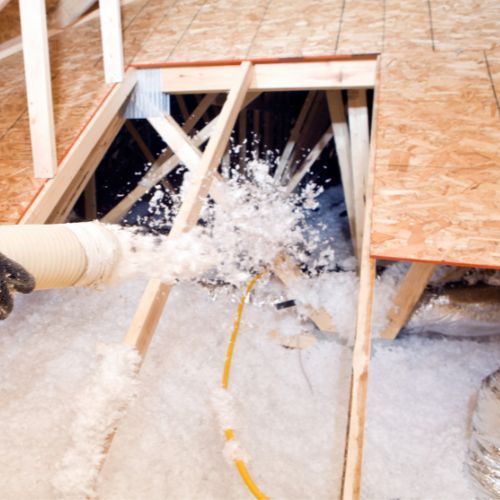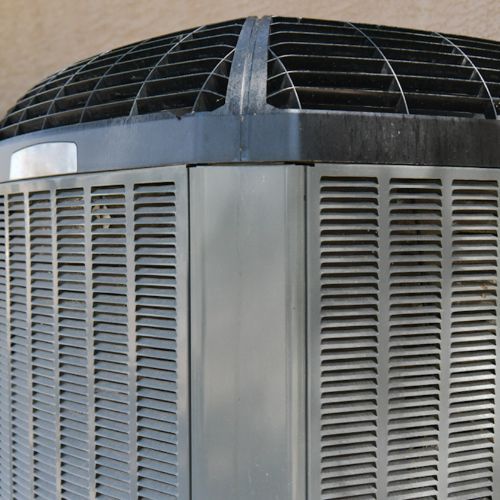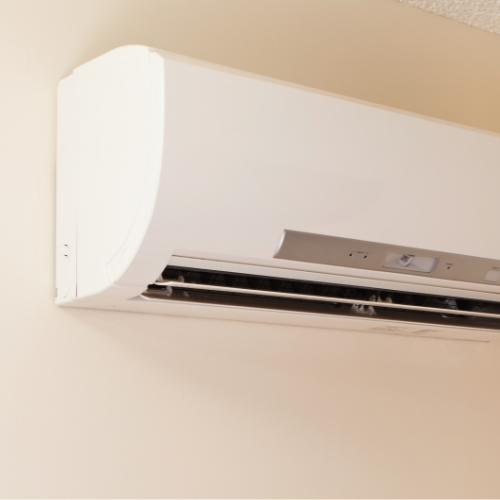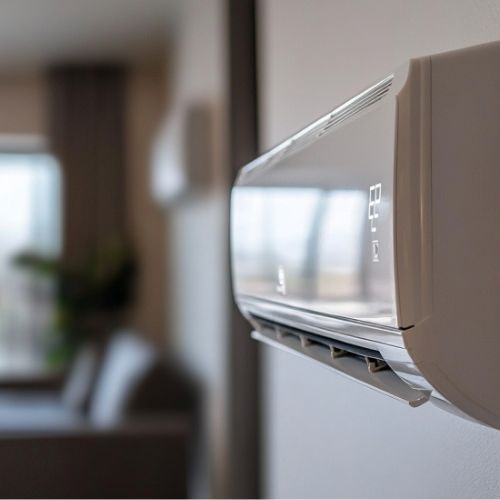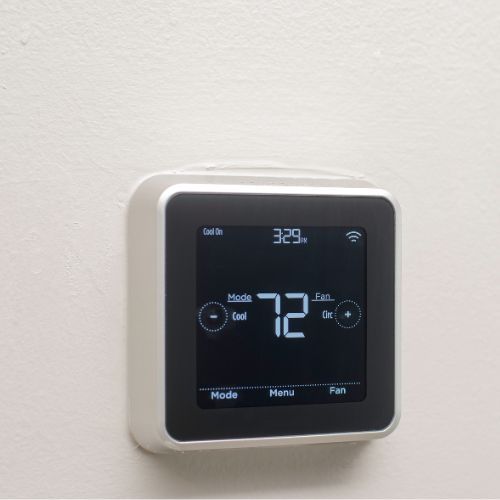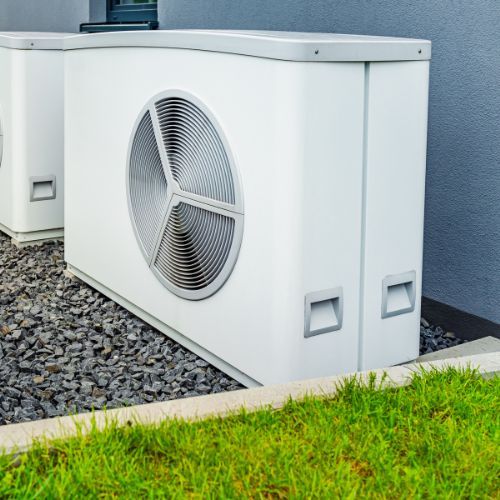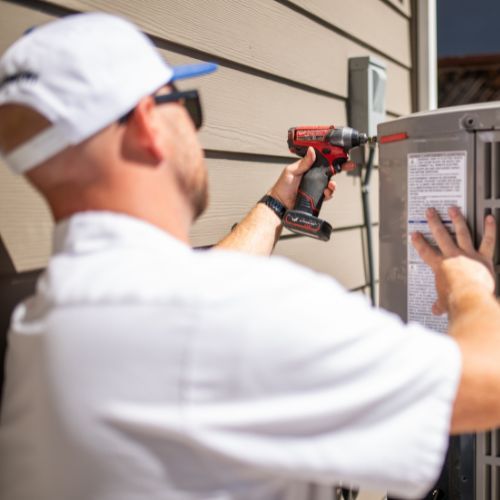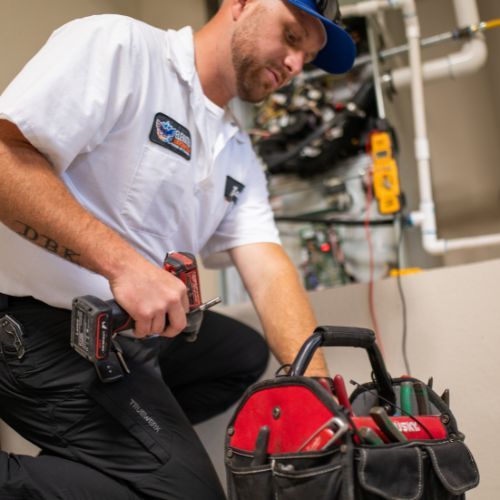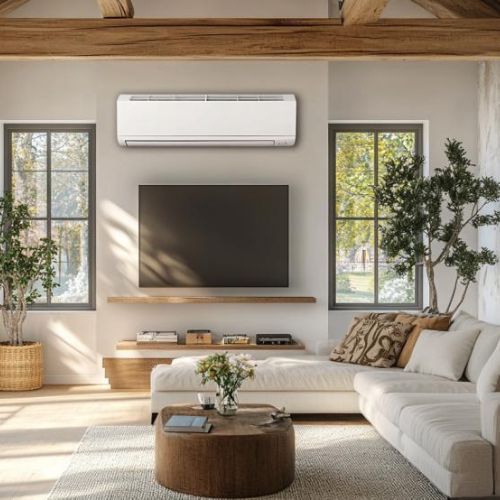Understanding SEER Ratings and Energy Efficiency

Table of Contents
ToggleTL;DR: SEER (Seasonal Energy Efficiency Ratio) ratings measure how efficiently air conditioners cool homes over a season. Higher SEER ratings indicate more energy-efficient units, reducing electricity usage, lowering bills, and lessening environmental impact. In California, where energy costs and environmental concerns are high, selecting a high-SEER-rated HVAC system can lead to significant long-term savings and comfort improvements. Elevated Comfort offers guidance on choosing and maintaining efficient systems tailored to California’s needs.
In the quest for energy efficiency and cost savings, understanding the efficiency of your HVAC system is crucial. One key metric that helps homeowners evaluate the efficiency of their air conditioning systems is the SEER rating. For residents of California, where energy costs are high and environmental concerns are paramount, selecting an HVAC system with an appropriate SEER rating can make a significant difference. Elevated Comfort, a trusted HVAC service provider in California, is here to help you understand SEER ratings and their impact on energy efficiency and savings.
What is SEER Rating?
SEER stands for Seasonal Energy Efficiency Ratio. It is a measure used to evaluate the cooling efficiency of air conditioners and heat pumps. The SEER rating represents the ratio of the cooling output of the unit over a typical cooling season, divided by the total electric energy input consumed during that period. In simpler terms, it measures how efficiently an air conditioning system can cool your home over an entire season.
The higher the SEER rating, the more energy-efficient the unit is. SEER ratings typically range from 13 to 25, with modern units often having higher ratings compared to older models.
How SEER Ratings are Calculated
SEER ratings are calculated by taking the total cooling output (measured in BTUs or British Thermal Units) over a cooling season and dividing it by the total electrical energy input (measured in watt-hours) during the same period. The formula can be expressed as:
SEER=Total Cooling Output (BTUs) / Total Energy Input (Watt-Hours)\text
This calculation considers a range of outdoor temperatures to provide an average efficiency rating that reflects real-world performance.
For example, if an air conditioner produces 60,000 BTUs of cooling over a season and consumes 5,000 watt-hours of electricity, its SEER rating would be:
SEER= 60,000 BTUs / 5,000 Watt-Hours = 12
Importance of SEER Ratings
SEER ratings are essential for several reasons:
- Energy Efficiency: Higher SEER ratings indicate more energy-efficient units, which consume less electricity to cool your home. This leads to lower energy bills and reduced environmental impact.
- Cost Savings: While units with higher SEER ratings may have a higher upfront cost, they can result in significant savings on your utility bills over time. The reduced energy consumption offsets the initial investment.
- Comfort: High-efficiency units can provide better and more consistent cooling, enhancing overall comfort in your home.
- Environmental Impact: Efficient HVAC systems reduce energy consumption, which in turn lowers greenhouse gas emissions and helps combat climate change.
In California, where energy costs and environmental concerns are high, choosing a high-SEER-rated unit can provide both financial and ecological benefits.
SEER Ratings and Energy Efficiency
SEER ratings directly correlate with the energy efficiency of an air conditioning system. Here’s how they impact energy efficiency:
- Lower Energy Consumption: Higher SEER ratings mean the unit uses less electricity to achieve the same level of cooling, resulting in lower energy consumption.
- Reduced Carbon Footprint: Energy-efficient units contribute to lower greenhouse gas emissions, making them more environmentally friendly.
- Enhanced Performance: High-SEER-rated systems often come with advanced features like variable-speed compressors and smart thermostats, which optimize performance and further reduce energy use.
- Compliance with Regulations: In California, regulations require minimum SEER ratings for new HVAC installations. Ensuring your system meets or exceeds these standards can improve efficiency and compliance.
Elevated Comfort can help you choose the right SEER rating for your home, ensuring optimal energy efficiency and comfort.
Final Thoughts
Understanding SEER ratings is crucial for making informed decisions about your HVAC system, especially in California, where energy efficiency and environmental sustainability are top priorities. By choosing a system with a high SEER rating, you can enjoy lower energy bills, enhanced comfort, and a reduced carbon footprint.
Elevated Comfort is committed to helping California homeowners select and maintain energy-efficient HVAC systems. Our expert technicians can guide you through the process of choosing the right SEER-rated unit for your home and provide professional installation and maintenance services. Contact Elevated Comfort today to learn more about SEER ratings and how we can help you achieve maximum energy efficiency and savings.
